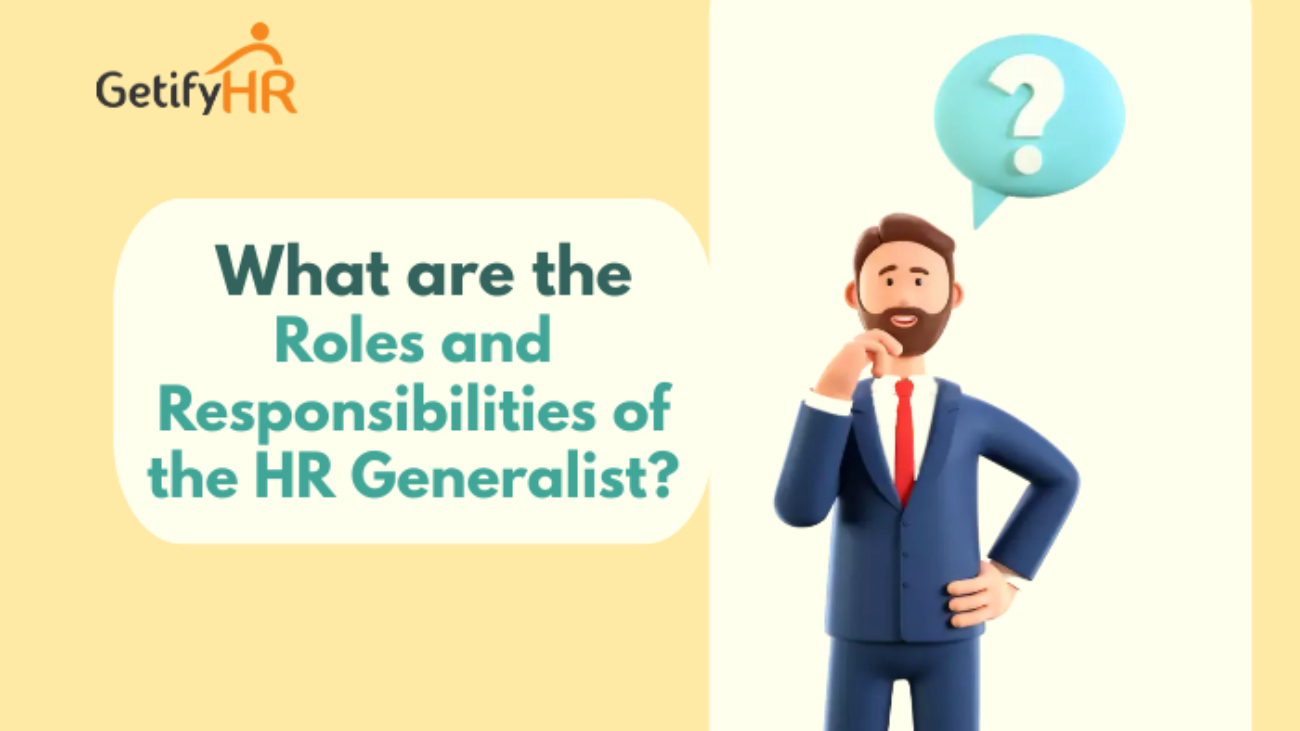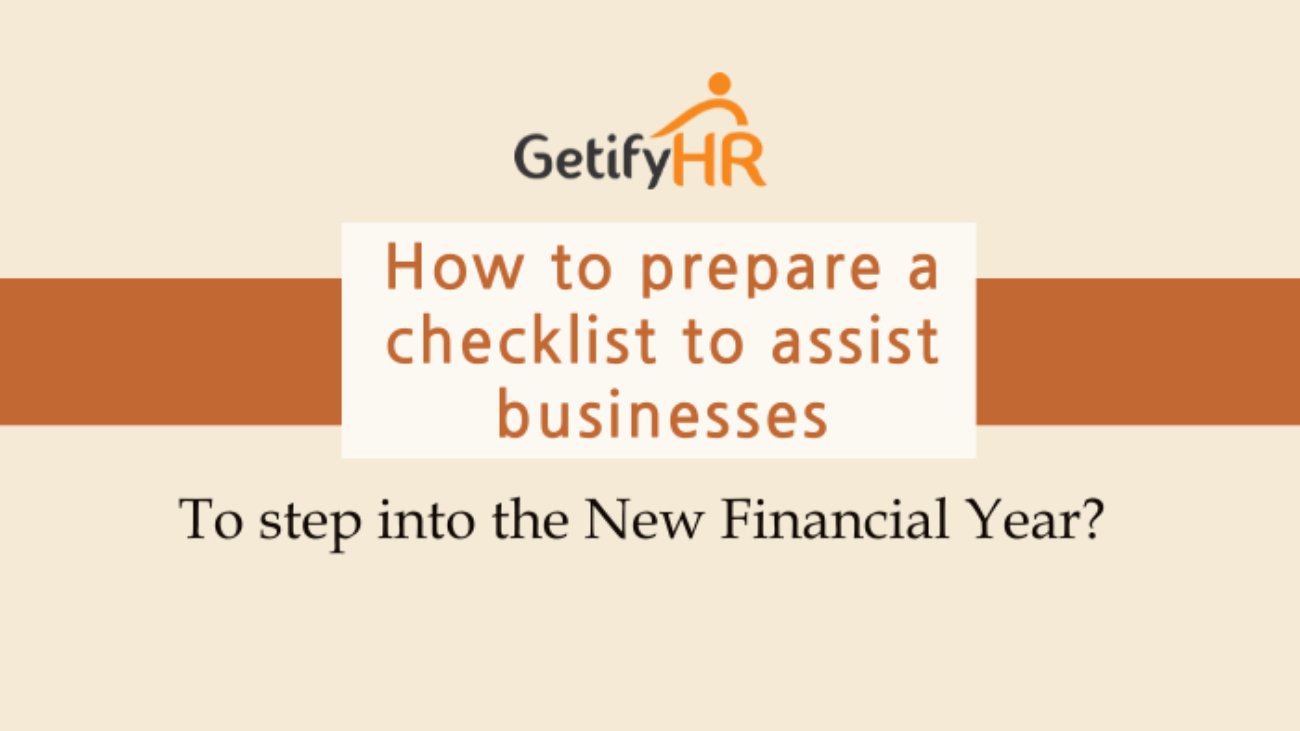Introduction
In today’s rapidly evolving corporate landscape, organizations are realizing the significance of investing in employee training and development. It not only enhances individual skills but also improves overall organizational performance. With the advent of technology, various training methods and techniques have emerged to cater to diverse learning needs. This article explores the top 10 employee training methods and techniques that have proven to be highly effective.
1. E-Learning
E-learning, a popular training method, involves the use of electronic devices and online platforms to deliver educational content. E-learning has become one of the most widely used employee training methods, especially in the post-pandemic world where work-from-home has become the norm and employees can’t attend in-person training sessions. It offers flexibility, self-paced learning, and extensive accessibility, making it ideal for remote employees or those with busy schedules.
One-line training sessions keep the employees engaged and enhance their retention power as they combine interactive games, quizzes, gamification, and other activities. It gives employees the freedom to learn on the go with their smartphones. Apart from being interactive, the components can be automated thus reducing usage of time and lowering overhead costs. E-learning is also scalable, giving it the freedom to be upgraded as and when needed.
2. On-Job Training
On-job training is a hands-on approach where employees learn by performing tasks under the guidance of experienced colleagues. It provides practical knowledge, promotes skill development, and helps new hires integrate into the company culture.
On-job Training enables the active participation of employees by allowing them to learn as they work. This is one of the most effective methods to train employees in a new process. It offers faster user adoption of tools and features and provides better results as it is easier for employees to learn while they are working on a project themselves.
On-job Training also saves money that would otherwise be spent on costly off-site training programs. It enables employees to acquire new skills without disrupting their daily schedule and be productive and also facilitates employees to focus on skills that are most relevant to their jobs.
3. Instructor-Led Training
Instructor-led training (ILT) is a traditional method that involves a trainer delivering content to a group of employees. It facilitates direct interaction and immediate feedback, fostering better understanding and collaboration among participants. It mimics the physical classroom with an instructor present to lead the training session. This training uses a lecture-style presentation with the support of visual components.
In this form of training, there is direct interaction between the trainer and employees, thus preventing social isolation.
All questions and doubts that arise during the session are responded to quickly and effectively. This is a very effective method to impart complex knowledge that needs personal guidance.
4. Role Playing
Role-playing encourages employees to simulate real-life scenarios, allowing them to develop problem-solving skills, improve communication, and enhance their ability to handle challenging situations. It promotes active learning and boosts confidence.
In this form of training, both the learner and the trainer act out their roles in a potential workplace scenario. This method is highly effective for employees whose job roles include direct interaction with the client or customers.
Role-playing boosts employee engagement and encourages the learner to utilize problem-solving and critical-thinking skills at the right moment. It also prepares employees to handle critical work scenarios and improves employee-customer interaction skills.
5. Coaching
Coaching is a personalized training technique where an experienced professional guides and mentors employees to help them achieve specific goals. It focuses on individual growth, skill enhancement, and performance improvement through regular feedback and support.
This method allows employees to ask questions that they may not feel comfortable asking in a regular classroom session during an instructor-led training session. The employees learn by watching the performance of their mentor in real time. Coaching helps to strengthen the relationship between the employees.
6. Peer-to-Peer Training
Peer-to-peer training involves knowledge sharing among employees within an organization. It fosters collaboration, builds camaraderie, and enables individuals to learn from their peers’ experiences and expertise.
Peer-to-peer learning is a mutual learning technique that involves employees of the same level engaging in collaborative learning.
This technique allows employees to work through new concepts and share ideas with their peers working on the same project. This method provides an opportunity to teach and be taught by one another, and is, therefore, an effective way for organizations to enhance productivity with a stronger workforce.
Peer-to-peer learning encourages greater connectivity, collaboration, and teamwork among the employees. It enhances employee engagement and helps boost productivity. It also promotes the sharing of knowledge within the organization.
7. Gamification
Gamification incorporates game elements, such as competition, rewards, and challenges, into the learning process. It increases engagement, motivation, and knowledge retention by making training interactive and enjoyable. It engages learners and makes them more willing to take on repetitive tasks despite the risk of failure, by leveraging psychology.
Gamification encourages the learner to achieve the learning objective thereby increasing engagement and completion rates. The learner receives instant feedback as they progress through the game. To boost employee motivation, they are provided with badges or rewards as they proceed through the game.
8. Case Studies
Case studies present real-life scenarios for analysis and discussion. They encourage critical thinking, problem-solving, and decision-making skills. By examining past situations, employees can gain valuable insights and apply them to their work.
In this method, employees are presented with a real or fictional complex situation to analyze and use as a reference for arriving at their solutions. While the cases may vary in complexity and detail, learners should be provided with adequate data to analyze the situation and come up with their solutions. Case studies enhance data analytical, decision-making, and problem-solving skills. When employees constantly work on case studies, they gain confidence to handle similar situations in real life. It encourages employees to think outside the box.
9. Mobile Learning
Mobile learning, also known as m-learning, leverages the convenience of mobile devices to deliver training content anytime, anywhere. It enables employees to access bite-sized modules, quizzes, and videos on their smartphones or tablets.
Mobile learning utilizes familiar technology promoting higher engagement and comfort, and the content is delivered in a variety of forms such as podcasts, videos, and quizzes or in an e-learning format that helps to increase engagement and boosts knowledge retention.
10. Collaborative Training
Collaborative training involves group activities and projects where employees work together to achieve common objectives. It encourages teamwork, communication, and the exchange of ideas, fostering a culture of continuous learning.
Collaborative training enhances the overall training experience for employees by capitalizing on their skills, ideas, and knowledge. It encourages a shared learning culture by building a work atmosphere where team members are constantly collaborating. This type of training reduces time investment and costs and promotes knowledge retention.
Conclusion
In conclusion, employee training is a crucial investment for organizations seeking to stay competitive in today’s dynamic business environment. By incorporating a combination of all these training methods, companies can ensure the development of a highly skilled workforce capable of driving success.
Investing in employee training is not just an expense; it is a strategic advantage that propels companies toward growth and innovation. We at GetifyHR have been fully supportive of all these activities and many more at our client locations to enhance the performance of their employees and create a strong and committed workforce that propels growth.










